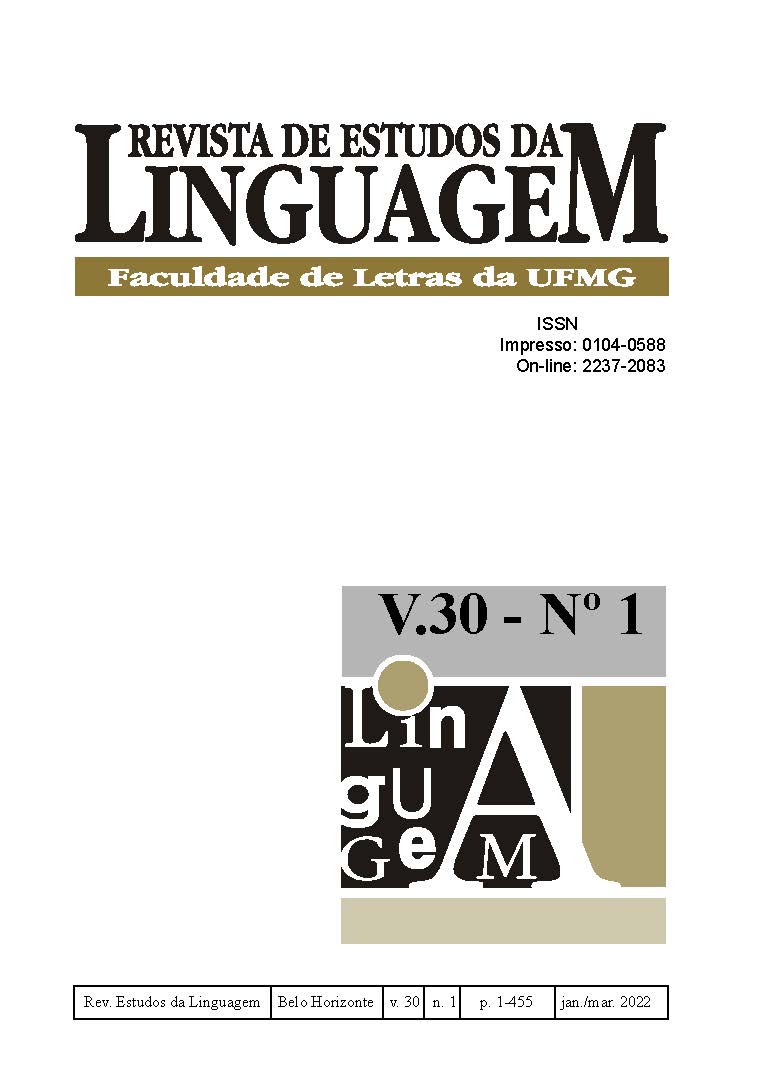Convergências e divergências do processo de gramatização nas línguas portuguesa e espanhola
DOI:
https://doi.org/10.17851/2237-2083.30.1.209-238Palavras-chave:
gramática, norma linguística, historiografia da linguística, língua portuguesa, língua espanholaResumo
O objetivo deste trabalho é analisar a elaboração de gramáticas para as línguas portuguesa e espanhola, descrevendo aspectos textuais e extratextuais que caracterizam esse processo nas respectivas tradições linguísticas e comparando-as, a fim de encontrar pontos de convergências e divergência. Para tanto, a partir da consulta ao acervo físico e eletrônico de diferentes centros de pesquisa, foi possível a construção de um corpus bibliográfico que permitiu o cumprimento do objetivo do estudo a partir da análise de 172 gramáticas de língua portuguesa e 138 da língua espanhola, distribuídas desde o século XV. Como resultado, foi possível observar que ambas as tradições de codificação trazem compatibilidades históricas que resultaram em um processo de normalização linguística em que muitas características convergem, ao passo que outras divergem. Convergem, por exemplo, na intensificação desse processo a partir do século XIX, marcando um movimento de constante crescimento. Divergem, por outro lado, na quantidade de países engajados no processo e na relação da gramática escolar com o modelo descritivo, por exemplo.





